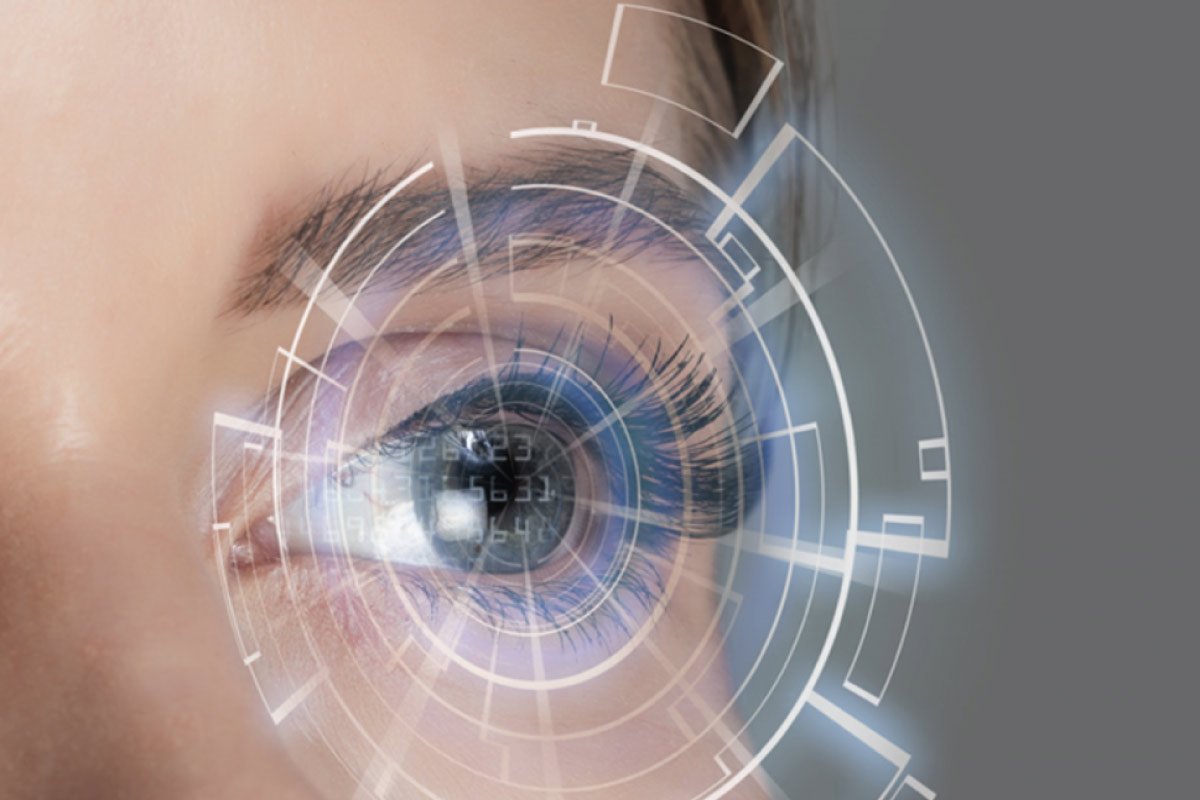How Clinical Trials Use Imaging to Advance Eye Care ?

- Source: inneseyeclinic.com
In This Article
Advances in medical imaging have revolutionized the field of ophthalmology, providing researchers and clinicians with powerful tools to better understand, diagnose, and treat eye diseases. In clinical trials, imaging plays a crucial role, offering precise and objective data that can accelerate the development of new therapies and improve patient outcomes.
The Importance of Imaging in Ophthalmology
Eye diseases such as age-related macular degeneration (AMD), diabetic retinopathy, and glaucoma can cause irreversible vision loss if not detected and managed early. Traditional assessments, like visual acuity tests, offer only limited insight into disease progression. Imaging technologies, on the other hand, allow clinicians to visualize the retina, optic nerve, and other ocular structures in exceptional detail. These technologies include optical coherence tomography (OCT), fundus photography, fluorescein angiography, and adaptive optics imaging.
In clinical trials, this level of detail is invaluable. Imaging provides a quantifiable measure of disease progression or therapeutic response, enabling researchers to evaluate treatments more accurately. Rather than relying solely on patient-reported outcomes, which can be subjective, imaging provides objective evidence of efficacy.
➤ Imaging in Clinical Trial Design

Centralized imaging analysis is often employed to reduce variability and maintain consistency across multiple trial sites. This is where specialized services, like Perceptive, come into play. They provide core lab solutions that standardize image acquisition, grading, and reporting, ensuring high-quality data for trial sponsors. By outsourcing these critical tasks, clinical trials can achieve greater efficiency and reliability, ultimately leading to faster regulatory approvals and better patient care.
➤ Enhancing Early Detection and Diagnosis

Clinical trials also rely on imaging to differentiate between disease subtypes. For example, certain forms of retinal degeneration progress differently and may respond differently to treatment. Imaging allows investigators to categorize patients accurately, ensuring that therapies are tested on the most appropriate populations.
➤ Monitoring Treatment Efficacy
Once a therapy is administered, imaging continues to play a vital role in monitoring its effectiveness. Changes in retinal thickness, fluid accumulation, or lesion size can all be tracked quantitatively, providing precise endpoints for clinical trials. These objective measures can guide dose adjustments, optimize treatment schedules, and even support regulatory submissions.
Moreover, imaging helps identify potential side effects that might not be apparent through clinical observation alone. Detecting subtle changes early can prevent complications, ensuring that trials maintain the highest standards of patient safety.
➤ Shaping the Future of Eye Care
